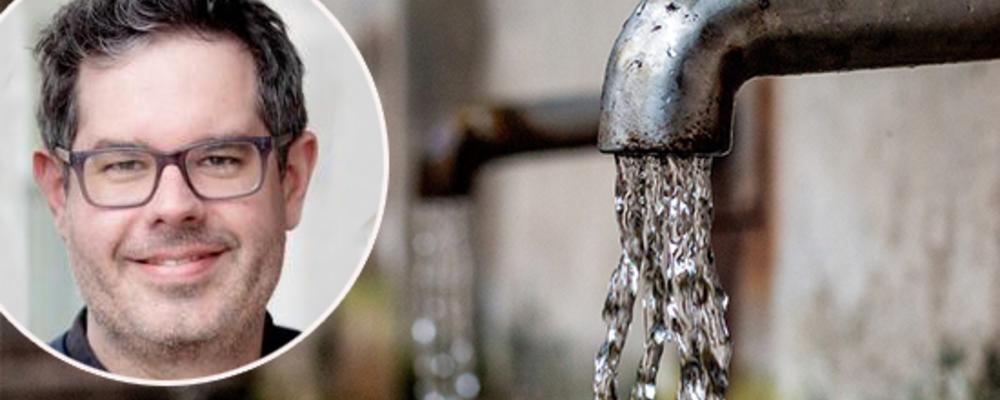Researcher ensures future sustainable water resources
Groundwater is an important source of drinking water, and having access to clean water is part of the UN’s sustainable development goals. Chemicals, like per- and polyfluoroalkyl substances (PFAS) and pesticides, are running the risk of contaminating our ground water, and there is a great need to understand the behavior of these compounds in groundwater systems. We checked in with Philipp Wanner, Associate Professor at the University of Gothenburg and new FRAM steering committee member, on his research on ground water contaminants and his new role within FRAM.
